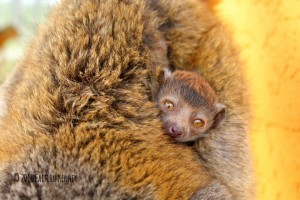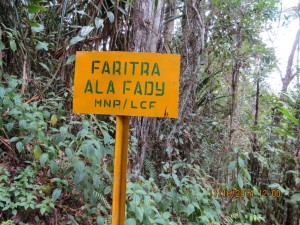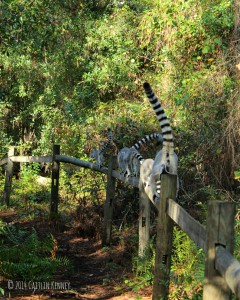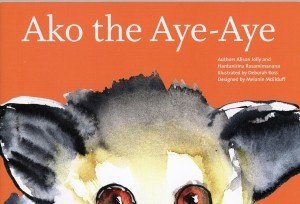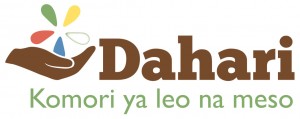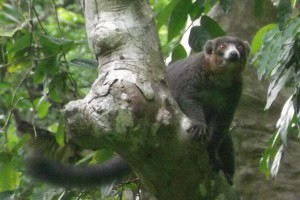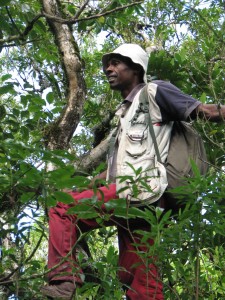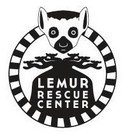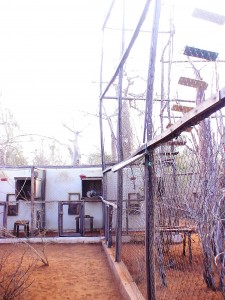The Madagascar Lemurs Portal
What We Do
The Madagascar Lemurs Portal aims to improve the conservation state of lemurs by addressing existing data gaps and facilitating exchanges and sharing of expertise and data between a wide group of stakeholders with a role in lemur conservation.
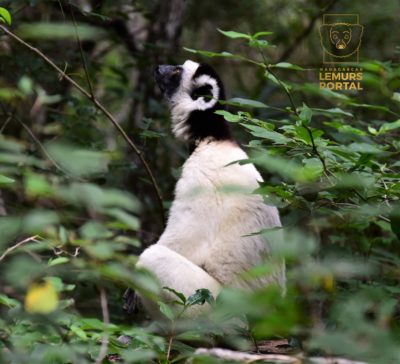
Our office is based in Antananarivo, yet several capacity sessions are conducted by the lemur portal team in different regions of Madagascar where local NGO and partners are based. Training has so far been provided in Toamasina (Eastern region), Mahajanga (Western region), Ranomafana (Southeastern region), Morondava (Southwestern region), Mahajanga (Western region), and Antananarivo (Central region).
How We Protect Lemurs And Other Wildlife
We help protect lemurs and Malagasy wildlife through championing the sharing of conservation information and knowledge to inform research and policy.
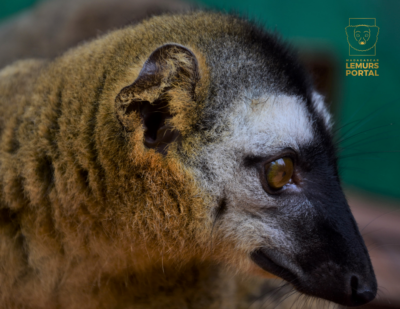
Despite awareness within conservation and research circles of the growing threats to lemur species, and a passionate international and national conservation community that has leveraged significant support for investment in research and field-based conservation actions, efforts to date have failed to reverse negative trends in lemur conservation status.
Knowledge Dissemination
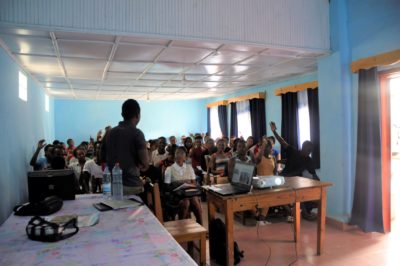
Data collection on lemur and awareness raising to the local communities
Following a technical meeting with over 40 representatives of lemur conservation organizations in February 2016, a consortium of local conservation partners (FAPBM, WCS, and GERP) proposed to address this problem by developing the ‘Madagascar Lemurs Portal’.
This online platform aims to be a technically and scientifically robust, user-friendly, open-access tool that is regularly used by a wide range of user groups; and provides essential information for conservation evaluation and decision making processes (e.g., IUCN Red List assessments and donor and partner monitoring of protected area effectiveness); and that is continuously evolving with the addition of new data shared among users.
How We Support Local Communities
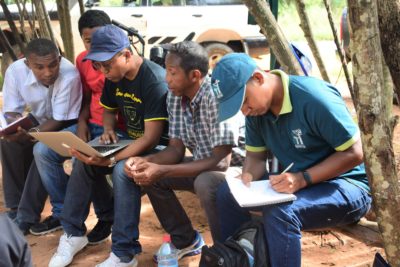
Collaboration with protected areas manager – Madagascar National Parks in Zombitse Vohibasia
Information, communication, and education (ICE)
CE includes our key activities for supporting local communities, especially local technicians and protected areas managers. We gather data/information on lemurs while also engaging local communities to format and insert these collected data in the portal. Our team builds local capacities on biodiversity data management, geographical information, and strategic planning for the academic student, local technicians, and those involved in protected area management.
Over two years, we have trained more than 300 local technicians from various regions of Madagascar.
Data/information from local NGO’s and community will be transferred via the lemur portal to decision-makers, tourists, and international organizations for lobbying and raising awareness.


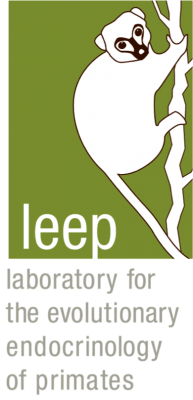
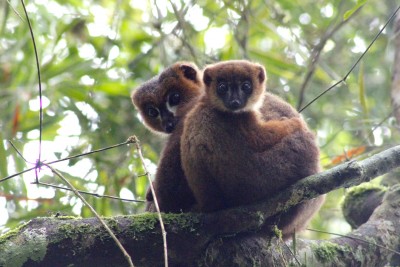
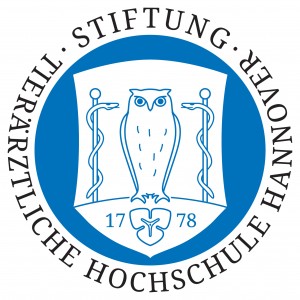
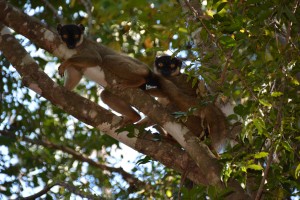


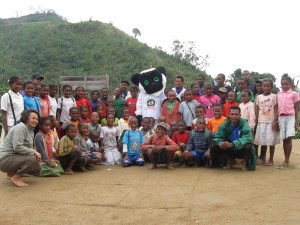
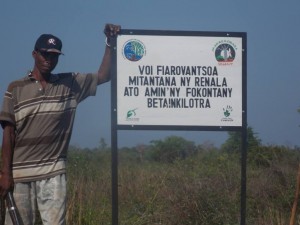
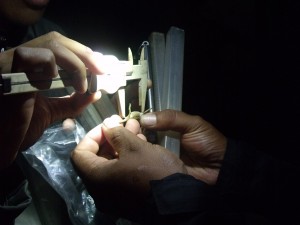

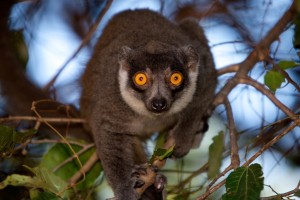
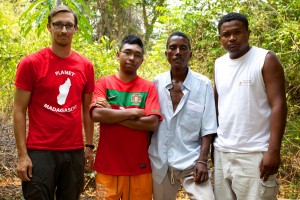
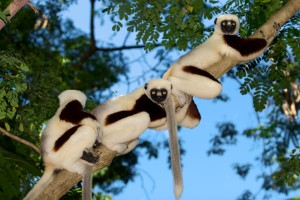
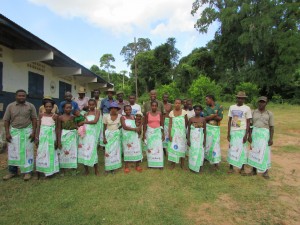
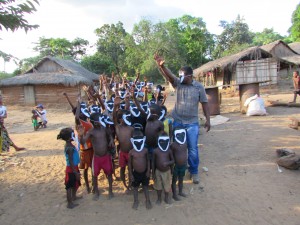
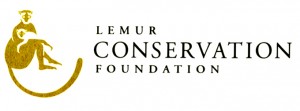 Lemur Conservation Foundation
Lemur Conservation Foundation